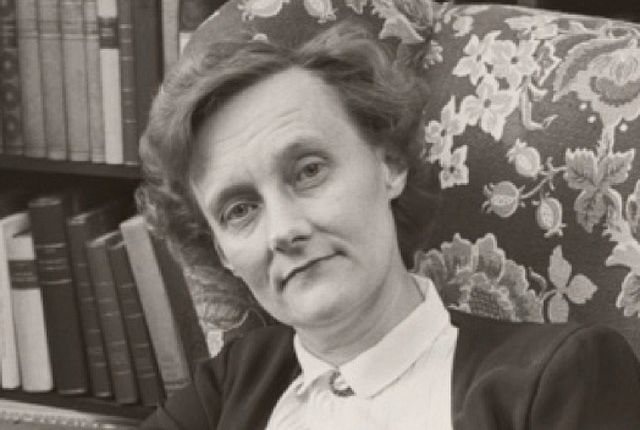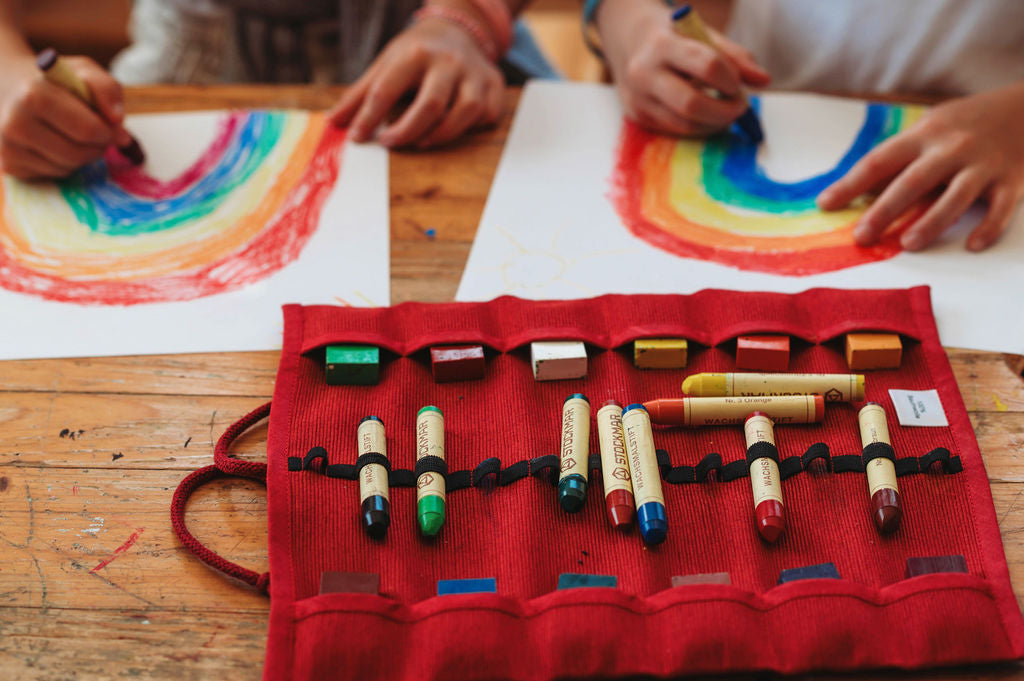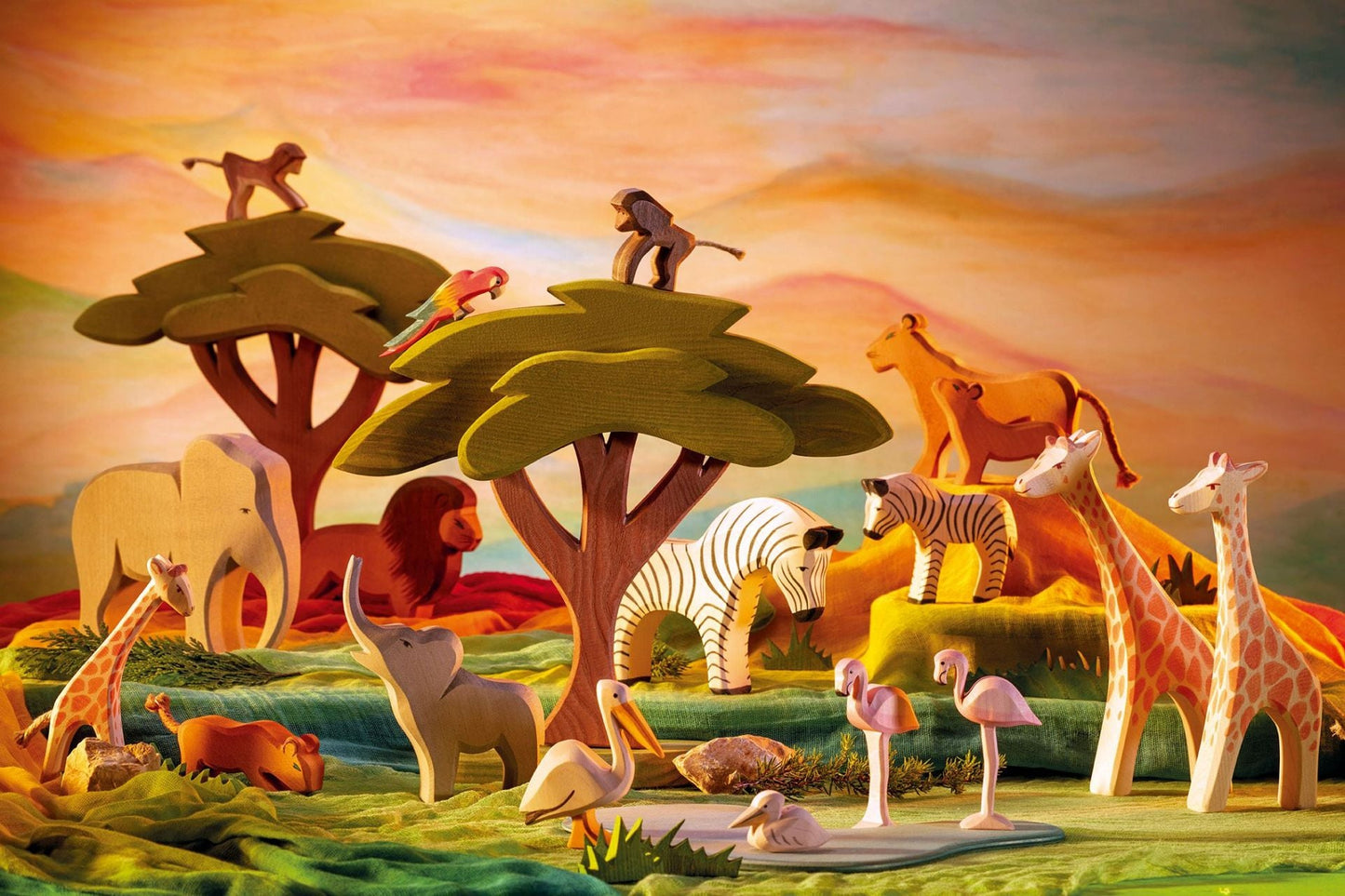
“I have never tried that before, so I think I should definitely be able to do that.” — (often attributed to Pippi Longstocking, but reflective of Lindgren’s own belief in daring to try new things)
In the pantheon of children's literature, few figures loom as large as Astrid Lindgren. Born in 1907 in Vimmerby, Sweden, Lindgren would go on to become one of the most beloved and influential authors of the 20th century, creating characters and stories that continue to captivate readers of all ages.
A Childhood Rooted in Nature
Astrid's childhood on a farm in Småland profoundly influenced her writing. She once said, "I have always written from my own experience, my own childhood. It was a wonderful childhood, and that's why I can write for children." This connection to her roots would later infuse her stories with a sense of authenticity and adventure that resonated with children worldwide.
Astrid Lindgren had a lifelong love of nature, which is reflected in her writing. She spent much of her childhood exploring the forests and countryside around her home, and this connection to nature is evident in many of her stories, which often feature strong ties to the natural world.

The Birth of Pippi Longstocking
Lindgren's journey as an author began in an unexpected way. The character of Pippi Longstocking was born as a bedtime story for Astrid's sick daughter, Karin, who had asked for a story about "Pippi Longstocking." The character's wild and unconventional behavior became so popular that Lindgren decided to write it down.
However, success didn't come immediately. The manuscript of Pippi Longstocking was initially rejected by the first publisher Lindgren approached. It wasn't until 1945, when the manuscript won a writing competition held by the Swedish publisher Rabén & Sjögren, that it was published, marking the beginning of Lindgren's literary career.
Pippi, with her superhuman strength, irreverent attitude, and kind heart, became an instant classic. As Lindgren explained, "I wanted to give children a character who had power but who did not abuse it."

The Prolific Career of Astrid Lindgren
The success of Pippi paved the way for Astrid Lindgren's prolific career spanning decades. "Emil of Lönneberga" (1963) introduced readers to a mischievous boy whose antics often landed him in the woodshed. "The Brothers Lionheart" (1973) tackled complex themes of death and afterlife with sensitivity and imagination, although it was initially controversial and even banned in some schools due to its dark themes. "Ronia, the Robber's Daughter" (1981) presented a strong female protagonist in a fantasy setting.
Perhaps one of her most beloved series, "The Children of Noisy Village" (1947), drew heavily from Lindgren's own childhood experiences. These books painted a vivid picture of rural Swedish life, filled with warmth, humor, and adventure.
Astrid Lindgren Inspired Toys & Games
More Than Just an Author
Lindgren's influence extended far beyond her books. During World War II, she worked for the Swedish intelligence agency, where she was involved in intercepting and analyzing letters and communications. This experience gave her unique insight into the horrors of war, which influenced the themes of empathy and justice in her later works.
She was also a vocal political activist. In the 1970s, she famously criticized the Swedish government's high taxation policies through an ironic article titled "Pomperipossa in Monismania," which humorously depicted her as a fairy tale character. The article sparked widespread debate and led to changes in the tax system.
Lindgren was a passionate advocate for animal rights as well. In 1985, she helped push for the "Lex Lindgren," a Swedish law that increased protections for farm animals. This was one of the first animal welfare laws in Sweden, reflecting her deep commitment to kindness and justice.

Astrid Lindgren's Lasting Legacy
Astrid Lindgren's legacy as an author, advocate, and visionary continues to shape children's literature and our understanding of childhood itself. Her books remain as fresh and relevant today as when they were first published, a testament to her deep understanding of the child's heart and mind.
As we continue to create toys and encourage play that nurtures creativity and independence, we draw constant inspiration from Lindgren's timeless stories and her unwavering belief in the power and potential of children. In her own words, "Give the children love, more love and still more love – and the common sense will come by itself."
Lindgren once said, "Everything great that ever happened in this world happened first in somebody's imagination." This sentiment perfectly encapsulates the philosophy behind our approach to toys and play – providing simple, natural materials that serve as a springboard for children's boundless imaginations.
Conclusion
Lindgren's work was characterized by its respect for children's intelligence and emotions. She believed firmly that "Children have a right to books of the highest quality," and strove to provide just that. Her stories often featured strong, independent children who overcame obstacles and stood up for what was right.
The impact of Lindgren's work extends far beyond the realm of literature. Swedish author Ulf Stark once said, "Astrid Lindgren taught us that you can be small and still be strong. She gave children a voice in literature and in society."
Lindgren was not just a storyteller but also a vocal advocate for children's rights. Her speech "Never Violence!" delivered upon receiving the German Booksellers' Peace Prize in 1978, became a rallying cry for children's welfare. She stated, "I believe that we should give children a taste of everything that belongs to life – joy and sorrow, difficulty and pleasure, malice and kindness."
Her influence on subsequent generations of writers is immeasurable. Children's author Philip Pullman noted, "Astrid Lindgren was a great writer and a great humanist. Her books have been a source of joy and inspiration for millions of children around the world."
Lindgren's books have had a significant impact on the Swedish language. Phrases and expressions from her stories, particularly those from Pippi Longstocking, have become part of everyday language in Sweden.
In 1994, Lindgren became the first author to receive the Right Livelihood Award, often referred to as the "Alternative Nobel Prize." She was honored for her commitment to children's rights and her efforts to foster understanding between people.
After her death in 2002, the Swedish government created the Astrid Lindgren Memorial Award, the world's largest award for children's and young adult literature. This annual prize ensures that her legacy continues to inspire future generations of writers and readers.

Frequently Asked Questions
How did Astrid Lindgren come up with the character of Pippi Longstocking?
Pippi Longstocking was born as a bedtime story for Lindgren's sick daughter, Karin, who had asked for a story about "Pippi Longstocking." The character's popularity led Lindgren to write it down, eventually becoming her breakthrough work.
What was Astrid Lindgren's involvement in World War II?
During World War II, Lindgren worked for the Swedish intelligence agency, intercepting and analyzing letters and communications. This experience gave her insight into the horrors of war, which influenced themes in her later works.
How did Astrid Lindgren impact Swedish politics?
Lindgren was a vocal political activist. She famously criticized the Swedish government's high taxation policies in the 1970s through a satirical article, which sparked widespread debate and led to changes in the tax system.
What was Astrid Lindgren's contribution to animal rights?
Lindgren was a passionate advocate for animal rights. In 1985, she helped push for the "Lex Lindgren," one of the first Swedish laws that increased protections for farm animals.
How is Astrid Lindgren's legacy honored today?
After her death in 2002, the Swedish government created the Astrid Lindgren Memorial Award, the world's largest award for children's and young adult literature. This annual prize ensures that her legacy continues to inspire future generations of writers and readers.




